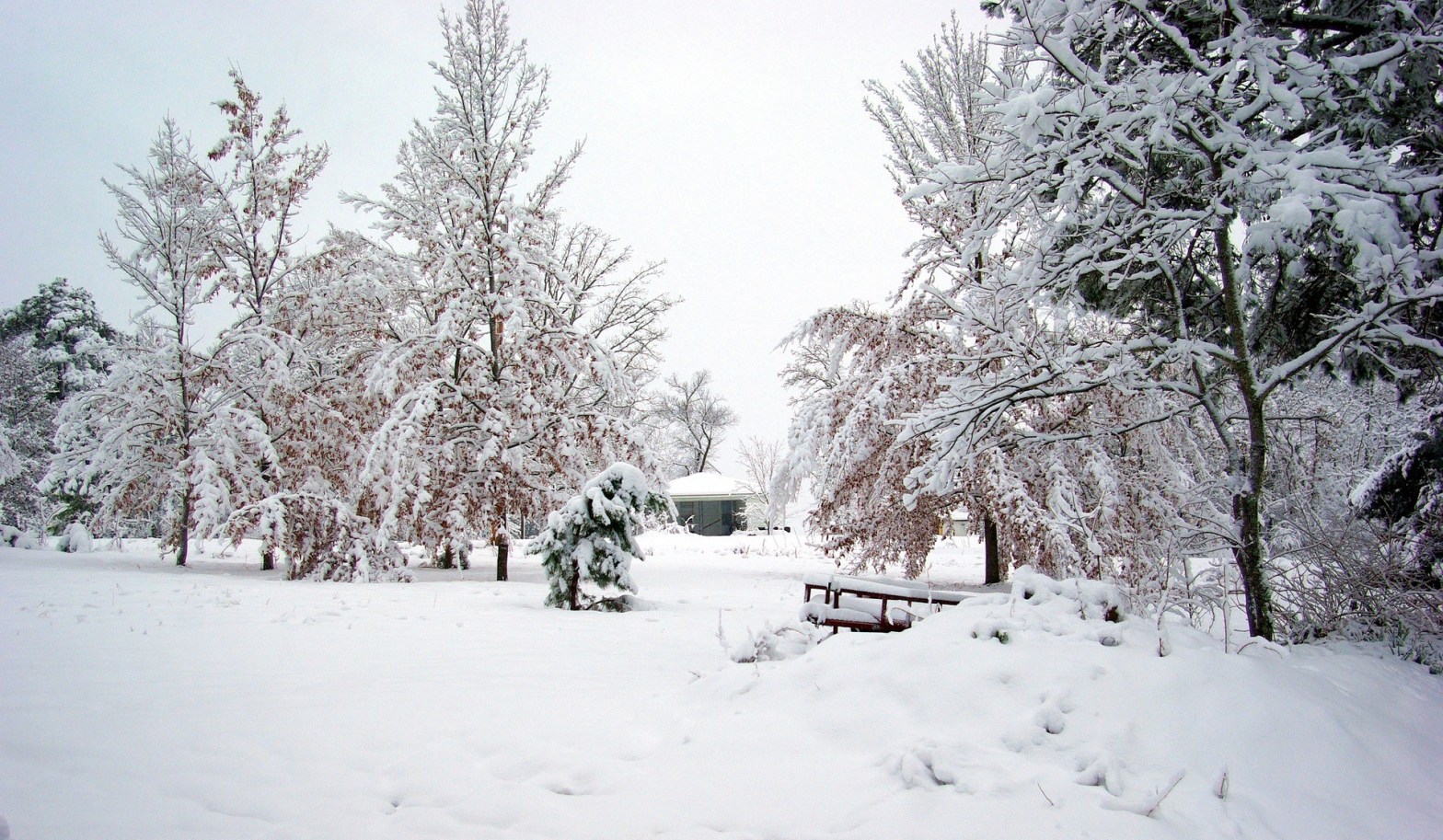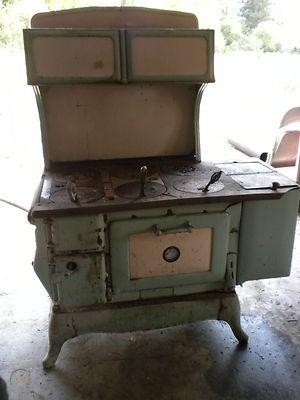A Snowy Nostalgia
by tkbrown
20 February 2021 — Growing up in the Ozarks, I was so blessed to experience four distinctive seasons each year. The snows blanketing our country during the past two weeks brought back memories. Just prior to the onset of winter storms Uri and Viola, one of my siblings and I were talking about the winters of our youth bringing much more snow than we have seen in recent decades. We were a bit nostalgic about the memories associated with those snows–at times they were two feet deep or more with drifts three to four feet deep. One Christmas Eve, an older sibling drove in from another state and parked their Volkswagen in front of the house. The next morning, there was just a big hump in the front yard–no visible evidence of the car buried beneath all that snow.
Winter brought with it the excitement of holidays, snows and ice coated trees which I thought were absolutely beautiful with the sun shining through them early in the morning. Riding the bus to school, I often commented on how much I loved seeing that aspect of winter. Other bus riders could not see what I saw. I suppose, in their minds it was too early in the morning and they were still snug in bed and fast asleep. They wanted no part of my icy reveries which threatened to eject them from their warm ones.
On days when conditions were too dangerous for the busses to risk the drive to school, and on weekends, etc., I could enjoy the evidence of Jack Frost’s visit during the night. The etchings on our windows boasted designs far more intricate than most paintings. The beauty of winter escaped many, but I never missed a beat of its cold heart. I loved looking out the windows to see God’s handiwork. Even having to carry in wood and coping with one side of me getting too toasty as it faced the old wood heater while the other side froze could not diminish its value in my heart. To me, even during the season others viewed as representing death in life’s cycle, nature’s beauty surpassed any ugliness that came with it.
My heart goes out to those who suffered hardship and loss during the past couple of weeks. I understand the blessings of modern technologies have allowed many of us to advance beyond the primitive realities associated with the wood heating of my childhood. However, news of the suffering many endured due to the overwhelming frigidness of the temperatures and accompanying snows brought back memories of always being able to stoke a fire in that old wood heater or turn-on the gas heater and kitchen range even as the electricity failed us. Living on the coast and enduring a number of hurricanes, I loved being able to cook a pot of beans and rice or cornbread on that gas range for us to eat until. We never missed a hot meal during a power outage. That is one part of having less than others I have never regretted.
As the days of my childhood grew warmer and steadily longer, springtime dropped in for a visit. When the dogwoods and redbuds began to bloom, I knew spring would soon be in the air. Our springs were long enough to truly enjoy the rebirth of life associated with the cool days of fragrant, variegated greens and yellow greens. The fresh bursts of color in both nature and homestead, and the planting of seeds–as the days grew warmer–from which we would enjoy the produce over the coming year. These were fertile reminders of life budding anew. Springtime in the Ozarks is a rebirth of every aspect of living.
As school let out, days were becoming hotter and longer. Soon, summertime was in full swing. The heat–sometimes blazing heat–in luscious green surroundings seemed to embrace me with appreciation for the growing and reaping to be done. The mouth-waterin’ vegetables, fruits, and berries we harvested each year were my favorite part of livin’ off the soil. I looked forward to the watermelons, the peaches, and other produce peddled to locals by other locals because these were never locally grown in sufficient quantity. The annual hog-killin’ in late July or early August with the fresh tenderloin to follow at breakfast the next morning was usually assisted by cousins from other states. Afterward, we would all gather ’round to enjoy a feast of fresh pork and fresh vegetables from the garden. If we were lucky, the activities of this day coincided with the peach purchase mentioned above, thus prompting a bowl of peaches ‘n cream for dessert. Summertime food was always so delicious. To this day, I love the abundance of produce available during spring, summer, and fall. UUMmMmmmmm!
Fall in the Ozarks blanketed the area with bursts of color on every hillside–red, yellow, orange, and crimson mingled with green and brown–with the cedars etching a bit of evergreen and each frost increasing the browns. Vegetables that had not been harvested from the garden were brought in, preserved, and stored for winter. The Halloween Carnivals (now Fall Festivals) and Thanksgiving only added to the excitement and anticipation of Christmas ahead.
Now, we cannot forget the annual harvest celebration in a neighboring county. As we grew a little older, we could most always see a slew of people we knew at the Hootin’ ‘n Hollerin’ celebration. The Hog Callin’ contest was the most sought after prize of the day. Usually, this prize was taken by a woman ’cause she had looootts o’ practice from callin’ her husband in for supper every night.
When I was young (early childhood–preschool age), the fall also boasted an Annual Pie Supper to benefit the school. I was too young to participate, but I thoroughly enjoyed watching older sisters baking pies to be auctioned off and eaten with the highest bidder. Some of those pies were well-known and sought after–bringin’ a right-good price to compliment and redden the face of some young lass.
Then there was the Annual Talent Show. Local talent turned out in droves to assist in raisin’ funds for our school. As I mentioned above, I was too young for the Pie Supper, but Mama and Daddy were sure to sign me up for the Talent Show. I began singing at the tender age of three. The Pie Suppers and Talent Shows fell by the wayside by the time I reached school age, but I remember the fun they provided all who participated. All of the excitement added to the bliss of those fall days, which were cooler and reminded me of the holidays and winter wonderlands yet to come.
I look back on my growing-up years, and although there were bad times, I do not remember too many of them. I always felt blessed somehow to be a part of all my surroundings–family, neighbors, friends, and nature. I learned so very much from all that I experienced. You just had to be there and see it through my eyes to understand the level of nostalgia felt at times when engrossed in reminiscing those days of yore.
~~~~~~~~~~
Photo at the Top: by MikeGoad @pixabay.com.
~~~~~~~~~~


